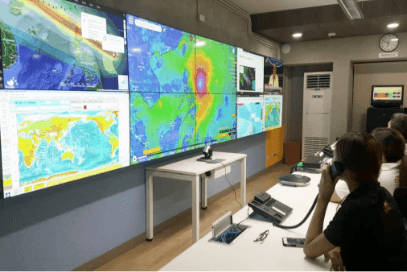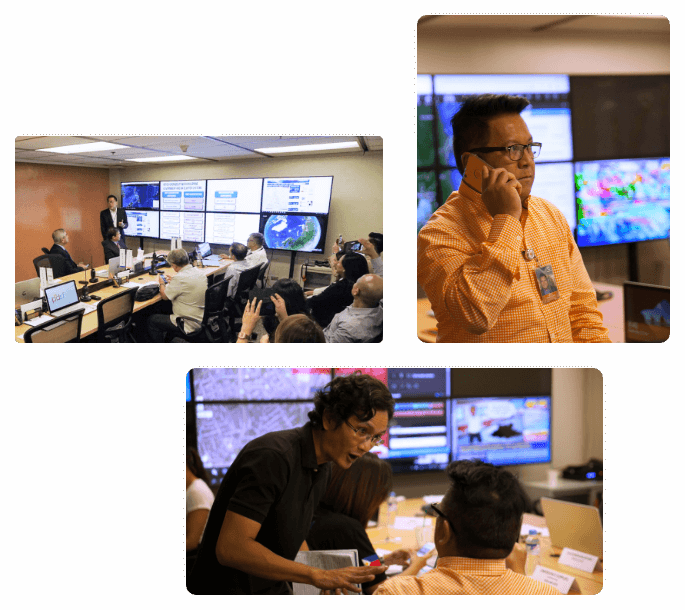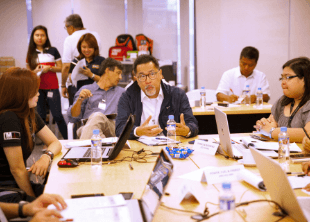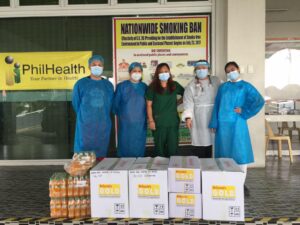
PDRF operates the first private sector-led Emergency Operations Center (EOC) in the region. The EOC is a 24/7 self-sufficient operations hub geared towards training for disaster preparedness and the coordination of relief and response efforts during major disasters. Using advanced communications software and technology, the hub monitors climate-related and natural hazards in close coordination with deployed resources in the field. Primarily, the EOC provides and coordinates warnings, disaster evacuation, asset inventory, and emergency services integration. It also complements government efforts, providing commercial and civic inputs to total disaster efforts.
















